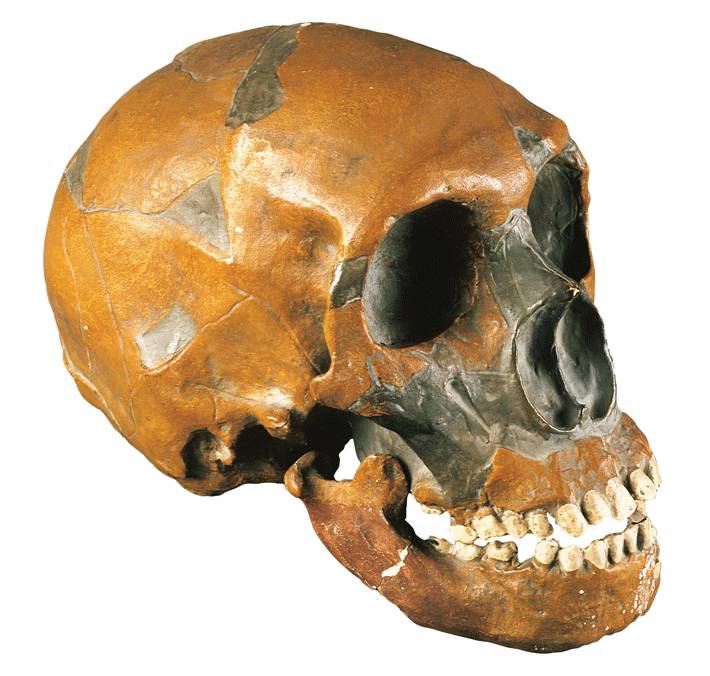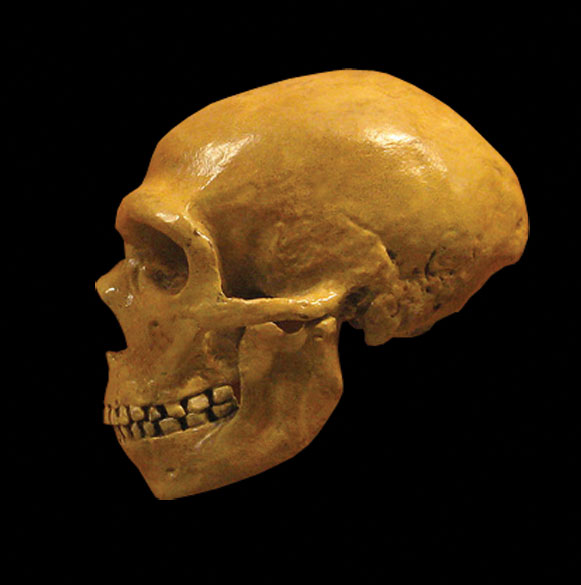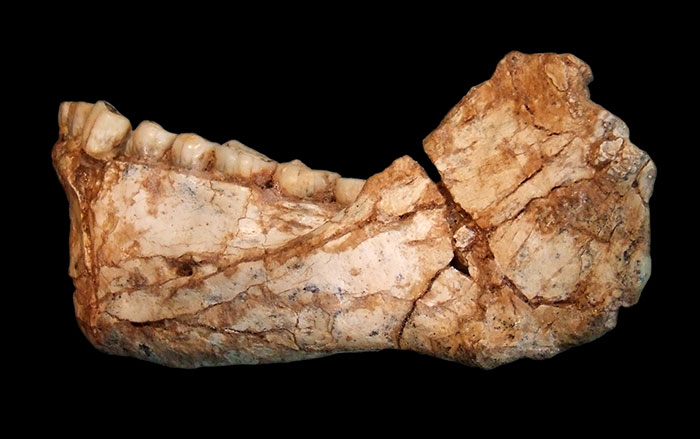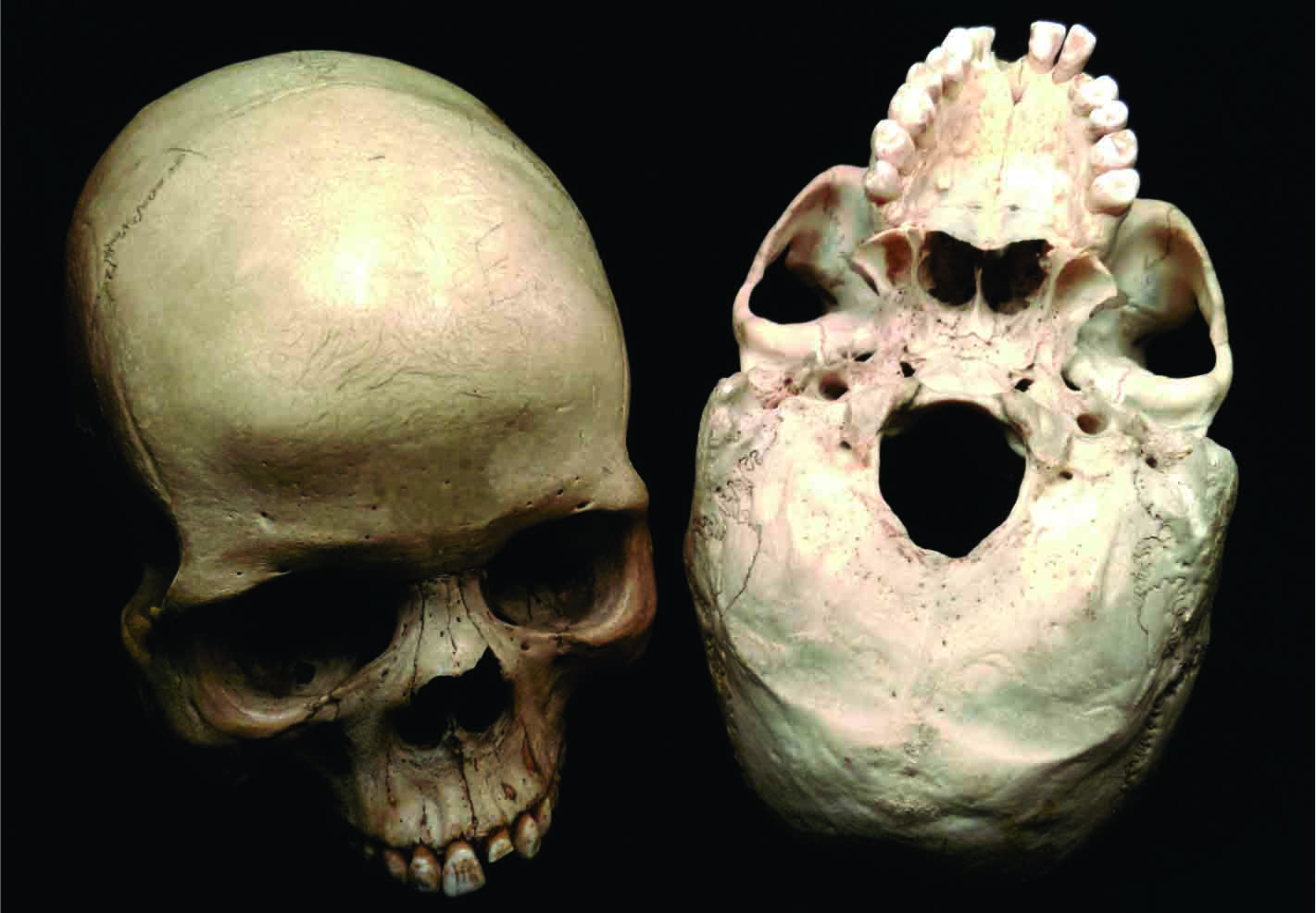
The first draft of the sequence of the Neanderthal genome was published in 2010 (“Neanderthal Genome Decoded,” July/August 2010). One might think that it would tell us everything we need to know about the genetic differences between modern humans and our closest evolutionary cousins. But it turns out the raw genetic code is only half the story. Just as important is epigenetics—features of the genome that determine which genes are active and which are inactive, factors that can in turn have a dramatic effect on one’s traits.
Now, researchers from Hebrew University in Jerusalem and the Max Planck Institute for Evolutionary Anthropology, where the original sequencing took place, have found an ingenious way to investigate Neanderthal epigenetics. Their findings have provided tantalizing clues to how the bodies and brains of modern humans have evolved since splitting from Neanderthals several hundred thousand years ago. The usual methods for determining whether genes are active or inactive are highly destructive and cannot be used on scarce Neanderthal genetic material. Instead, the researchers managed to detect telltale epigenetic signs in the Neanderthal genome based on the insight that certain portions of ancient DNA tend to be misread in a distinctive way by DNA sequencers.
This reading of Neanderthal epigenetics produced a number of novel results. Two genes involved in determining body shape turned out to be highly inactivated in Neanderthals and highly activated in humans. This could help explain why Neanderthals have thicker hands, wider knee and elbow joints, and shorter limbs. “These genes are identical between us and Neanderthals,” says Liran Carmel of Hebrew University. “So we are convinced we have found a region where only the epigenetics is different.”
Many genes associated with diseases—in particular psychiatric and neurological disorders such as Alzheimer’s disease, autism, and schizophrenia—also appear to be activated in modern humans but not Neanderthals. Carmel says the activation of these genes may have produced an evolutionary catch-22: bestowing a benefit, perhaps by changing the wiring of our brains, but also introducing an increased risk of disease.











